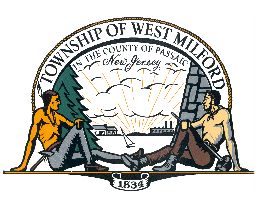Fire Extinguishers


A home portable fire extinguisher can save lives and property by putting out a small fire or containing it until the fire department arrives. They aren't however, designed to fight large or spreading fires and they aren't for everyone. Even against small fires, you should use them only if:
-
You are an adult.
-
You know how to operate the extinguisher.
-
The Extinguisher is in easy reach and in working order.
-
You have a clear escape route that won't be blocked by fire.
-
The extinguisher matches the type of fire you are fighting.
-
The extinguisher is large enough to put out the fire.
SHOULD YOU FIGHT THE FIRE?
Before you fight a fire, make sure:
-
Everyone has left, or is leaving the building, and that the fire department is being called.
-
The fire is confined to a small area and is not spreading.
-
You have an unobstructed escape route to which the fire will not spread.
-
The extinguisher is the right type for the fire.
-
You know how to use your extinguisher.
It is reckless to fight a fire in any other circumstances. Instead, leave immediately and close off the area.
Install extinguishers in plain view, above the reach of children, near an escape route, and away from stoves and heating appliances. Take care of your extinguishers. Read your operator's manual, learn how to inspect your extinguisher and follow the manufacturer's instructions for maintenance. Rechargeable extinguishers must be serviced after every use. Disposable fire extinguishers can be used only once and must be replaced after use.
READ THE LABEL
Types of fires: There are three basic classes of fires. All fire extinguishers are labeled with standard symbols, letters or both for the classes of fire they can put out.
| Class A: Ordinary combustibles such as wood, cloth and paper. |  |
| Class B: Flammable liquids such as gasoline, oil and oil-based paint. |  |
| Class C: Energized electrical equipment, including wiring, fuse boxes, and appliances. |  |
Multi purpose fire extinguishers labeled ABC, may be used on all three classes of fire. Extinguishers labeled for only Class A fires contain water and are unsuitable for use on grease or electrical fires. A red slash through any symbols tells you the extinguisher cannot be used on that class of fire. A missing symbol tells you only that the extinguisher has not been tested for that class of fire. If you use the wrong type of extinguisher, you can endanger yourself and even make the fire worse.
FIGHTING SMALL FIRES = P.A.S.S.
| Pull the Pin. This unlocks the locking lever. |  |
| Aim low, point the extinguisher nozzle at the base of the fire. |  |
| Squeeze the lever above the handle. Some handle triggers may have a button. |  |
| Sweep from side to side, aiming at the base of the fire. |  |
INSTALLATION & MAINTENANCE






 Online Tax Payments
Online Tax Payments
 Community Services & Recreation
Community Services & Recreation
 Public Safety
Public Safety
 Emergency Information
Emergency Information
 Meetings & Minutes
Meetings & Minutes
 Forms & Documents
Forms & Documents
 Service Request
Service Request
 FAQs
FAQs
 Links
Links
 Contact Us
Contact Us



